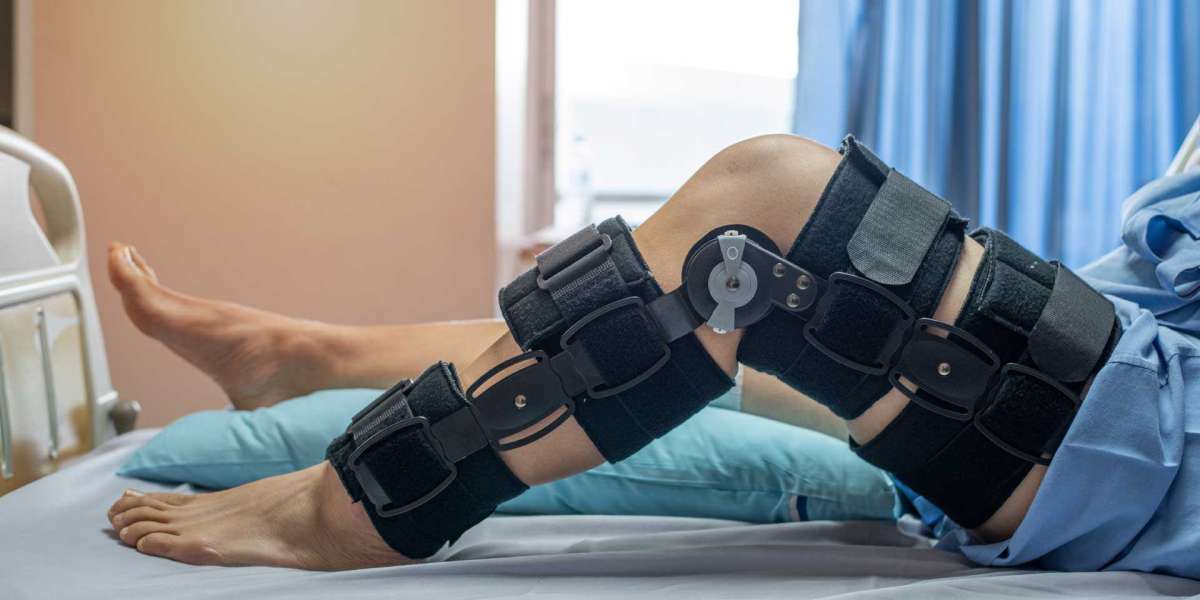The landscape of surgery is undergoing a dramatic transformation. Gone are the days of solely relying on a surgeon's hand-eye coordination and unwavering focus. Today, a new era of minimally invasive surgery is upon us, spearheaded by the rise of surgical robots. These technological marvels are poised to revolutionize healthcare, offering a future filled with greater precision, improved outcomes, and wider accessibility for patients.
Market Overview
According to Stratview Research, the global surgical robot market size was valued at USD 8.24 billion in 2022 and it is projected to reach USD 24.98 billion by 2028, growing at a CAGR of 17.2% during forecast period of 2023-2028.
A Glimpse into the Surgical Robot
Surgical robots, often referred to as robotic-assisted surgical (RAS) systems, are not autonomous machines performing surgery on their own. Instead, they function as sophisticated extensions of a surgeon's capabilities. The surgeon sits at a console, manipulating the robot's arms and instruments with high-definition vision through a camera on the robot. The robot, in turn, translates the surgeon's movements with exceptional precision, eliminating tremors and scaling motions for minimally invasive procedures.
These robots boast a range of advantages over traditional laparoscopic surgery. Their multi-jointed arms can reach areas difficult for human hands, offering unparalleled dexterity and control. The high-definition 3D visualization allows for magnified views of the surgical field, enhancing the surgeon's ability to identify delicate structures. Additionally, the robot's tremor filtration minimizes unintended movements, leading to greater precision and potentially less tissue damage.
Fueling the Growth: A Market on the Rise
The surgical robot market is experiencing phenomenal growth, driven by several key factors. The increasing demand for minimally invasive procedures, with their shorter recovery times and reduced pain, is a significant contributor. Furthermore, the aging population and the growing burden of chronic diseases are creating a larger pool of potential surgical patients. Healthcare institutions, recognizing the benefits of robotic surgery, are investing heavily in acquiring these advanced systems.
Technological advancements are also propelling the market forward. Next-generation robots are being developed with enhanced capabilities, including improved haptic feedback, allowing surgeons to feel the textures of tissues during surgery. Additionally, the integration of artificial intelligence (AI) is on the horizon, potentially enabling robots to assist with tasks like suturing or identifying anatomical structures.
The Impact on Patients and Surgeons
The rise of surgical robots is expected to have a profound impact on both patients and surgeons. For patients, the benefits are numerous. Minimally invasive robotic surgery translates to faster recovery times, reduced post-operative pain, and potentially fewer complications. Additionally, robotic-assisted surgery may enable surgeons to perform complex procedures with greater precision, potentially leading to improved outcomes.
Surgeons, too, stand to gain from the integration of surgical robots. These systems can alleviate fatigue and strain associated with traditional laparoscopic surgery, allowing surgeons to operate for longer durations with improved comfort. Furthermore, the enhanced visualization and dexterity offered by robots can empower surgeons to tackle complex procedures with greater confidence, potentially leading to improved surgical skill development.
Challenges and Considerations
While the future of surgical robots appears bright, challenges remain. The high cost of these systems can be a barrier to adoption for some healthcare institutions. Additionally, surgeon training and credentialing for robotic surgery require additional investment. Ethical considerations around the role of robots in surgery and the potential for job displacement in the surgical workforce also warrant discussion.
The Road Ahead: A Collaborative Future
Despite the challenges, the potential benefits of surgical robots are undeniable. As the technology continues to evolve and becomes more accessible, we can expect widespread adoption across various surgical specialties. However, it's crucial to remember that surgical robots are tools, not replacements. The future of surgery lies in a collaborative approach, where the surgeon's expertise and judgment are augmented by the precision and capabilities of these technological marvels.
This human-machine partnership holds the promise of a future filled with safer, more precise, and minimally invasive surgery, ultimately leading to improved patient outcomes and a transformed healthcare landscape.














